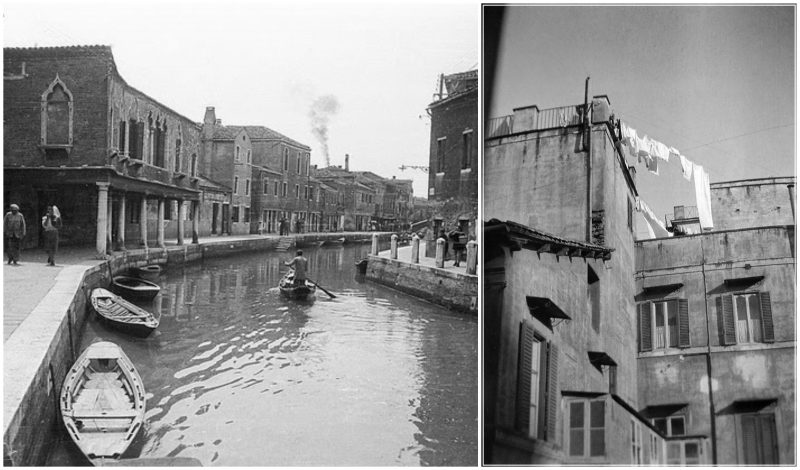This beautiful photo collection was taken by the Swedish photographer, archaeologist and art historian, Berit Wallenberg.
Wallenberg began photographing in her teen years. She always brought her camera on her travels in Sweden and abroad. She traveled to study art, archeology and architecture and used her camera for documentation.
This collection shows Italy from 1932, at the time the country was under the infamous fascist regime of Benito Mussolini, and you can just feel the distress in the photos below, but you can also see the sheer beauty of the narrow Italian streets and hypnotising beauty of the authentic architecture.
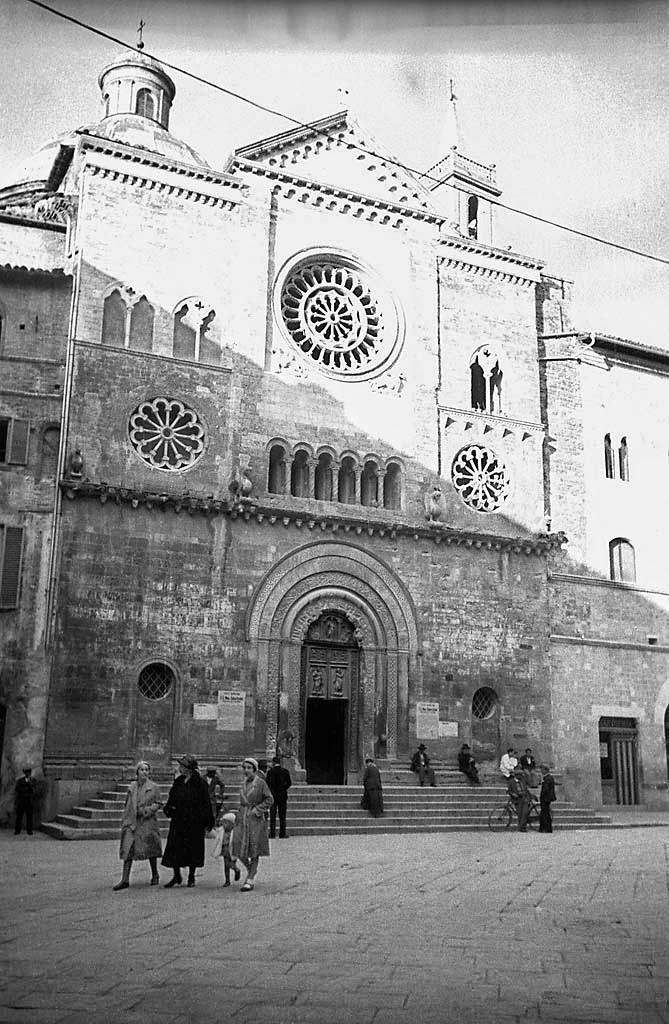
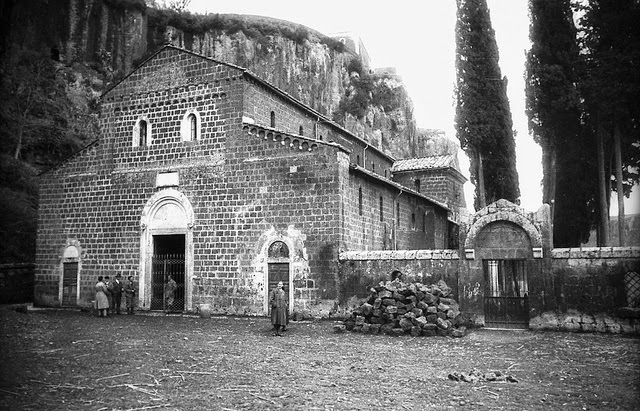
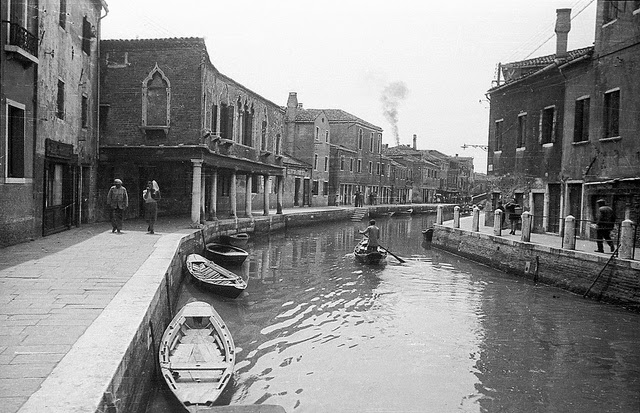
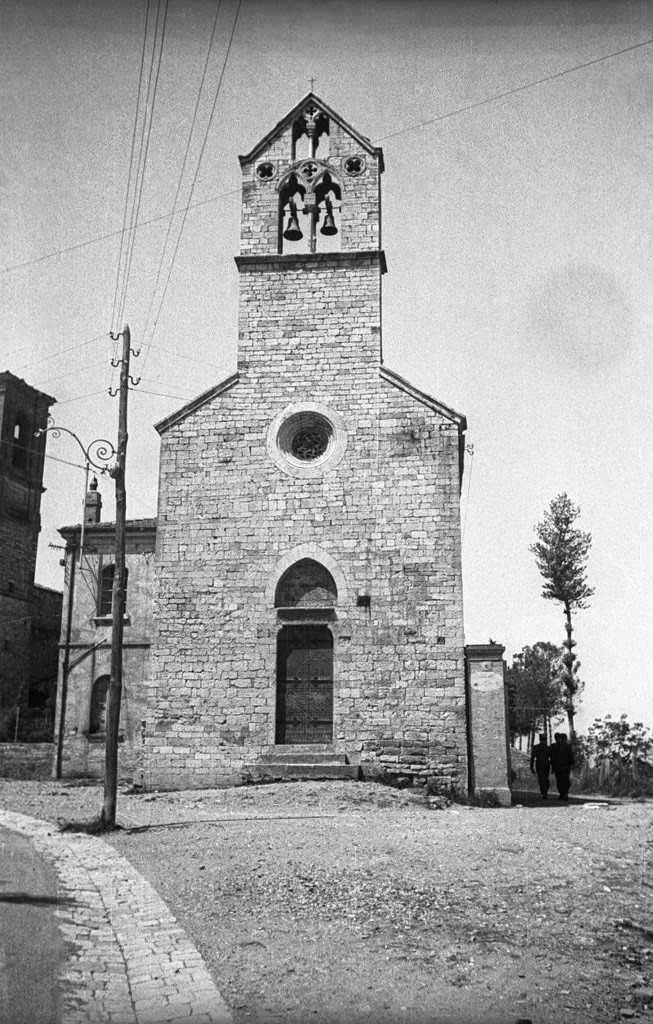

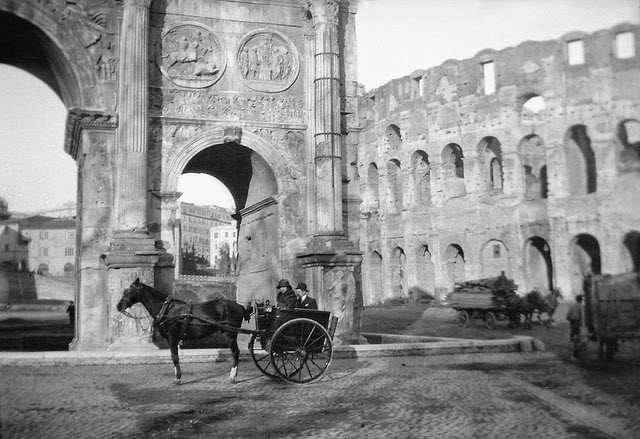
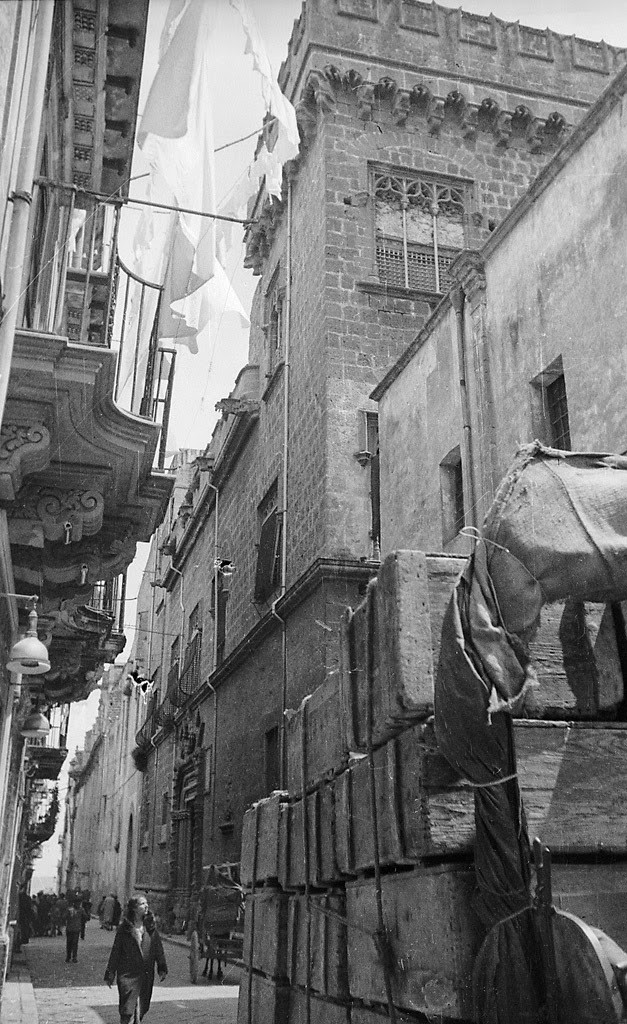
Italy shows evidence of habitation by anatomically modern humans beginning about 43,000 years ago. It is reached by the Neolithic as early as 6000 BC (Cardium Pottery in Coppa Nevigata). The Italian Bronze Age begins around 1500 BC, likely corresponding to the arrival ofIndo-European speakers whose descendants would become the Italic peoples of the Iron Age; alongside the early Italic cultures, however, the Etruscan civilization in central Italy and Greek colonies in the south flourished during 8th to 5th centuries BC.
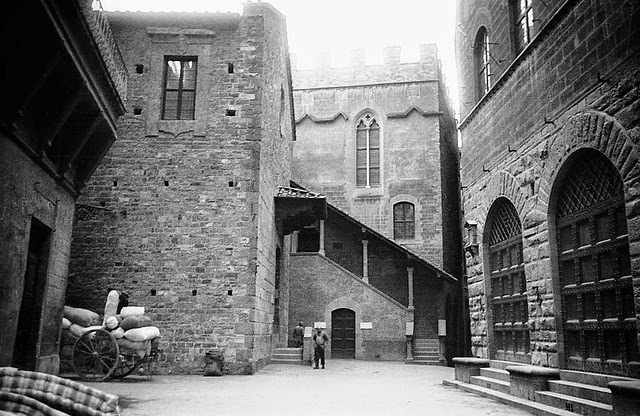
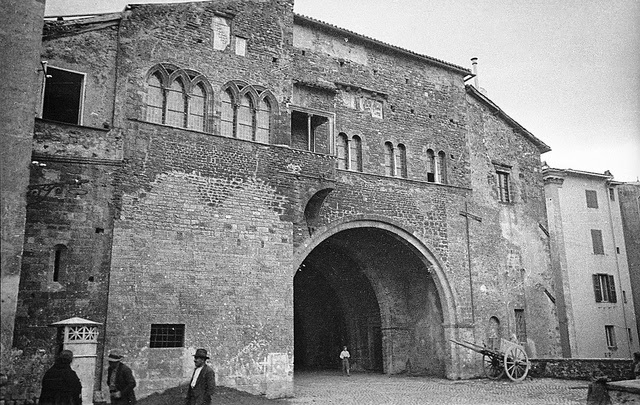
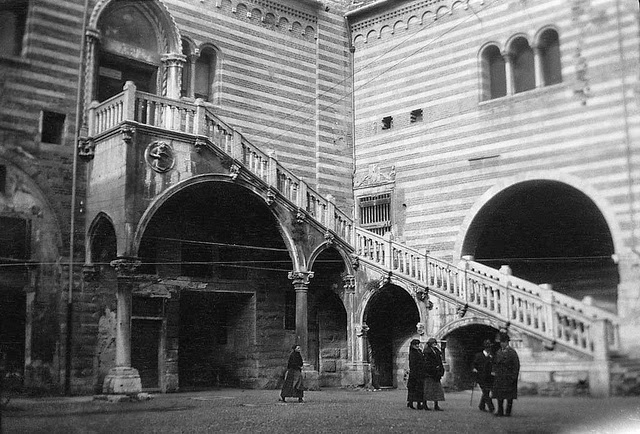
The decline and collapse of the Western Empire by the end of the 5th century is taken to mark the end of Late Antiquity. A Lombard Kingdom of Italy was established, although parts of the peninsula remained under Byzantine rule and influence until the 11th century. The Lombard kingdom was incorporated into Francia and ultimately the Holy Roman Empire, although the rise ofcity-states, and especially the powerful maritime republics in the medieval period led to political fragmentation. Ultimately, after the disastrous Italian Wars, the peninsula was divided among the major foreign powers of Early Modern Europe, Spain and Austria, and later fell to the French Empire under Napoleon I, the Papal States being reduced to the control of the Holy See over Rome.
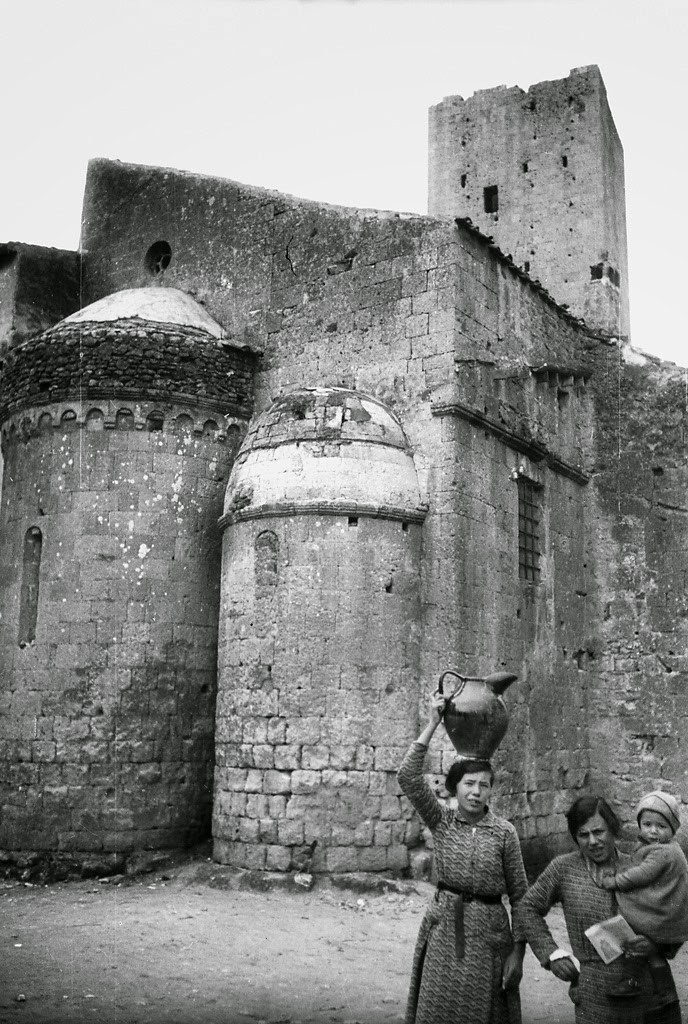
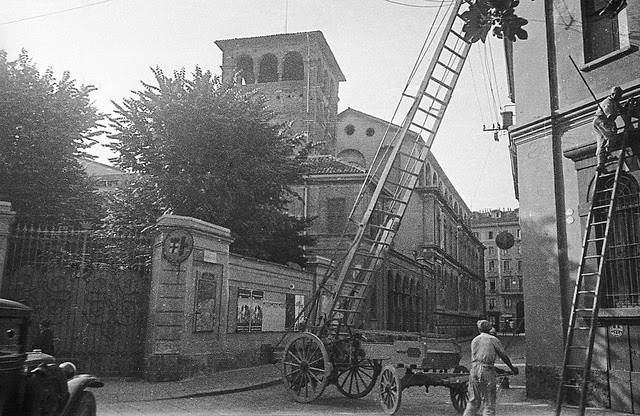
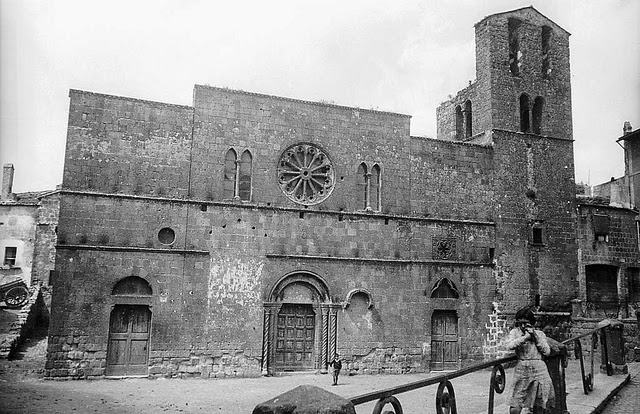
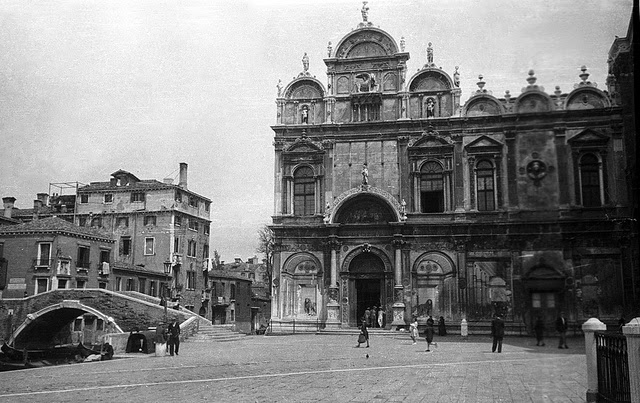
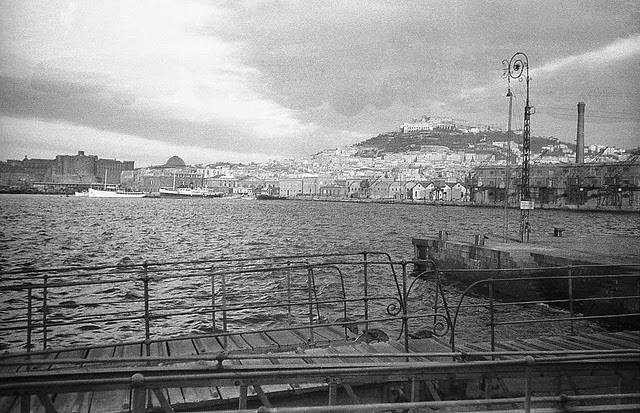
With the rise of nationalism and the idea of the nation state in the 19th century, the peninsula was unified in the late 19th century. The new Kingdom of Italy, established in 1861, quickly modernized and built a large colonial empire, colonizing parts of Africa, and countries along the Mediterranean. However, many regions of the young nation (notably, the South) remained rural and poor, originating the Italian diaspora. Part of the victorious allied powers of World War I, Italy defeated its historical enemy, the Austrian Empire. Soon afterwards, however, the liberal state collapsed to social unrest: the Fascists, led by Benito Mussolini, took over and set up an authoritarian dictatorship. Italy joined the Axis powers in World War II, falling into a bloody Civil War in 1943, with the Fascist faction finally defeated in the spring of 1945.
